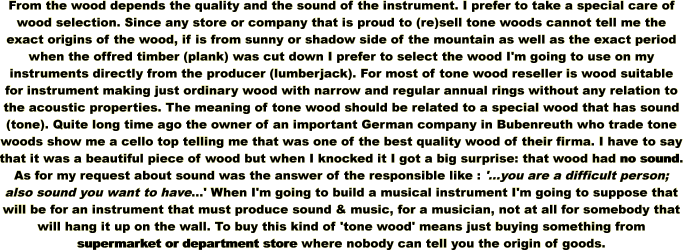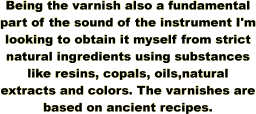 | ||
| ||
Renaissance & Baroque Viola da Gamba Bowed Instruments for Early Music Early Bows | ||
| ||
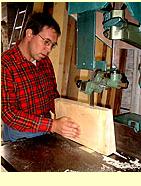 | |||||||||||
 | |||||||||||
 | |||||||||||
| |||||||||||
| |||||||||||
| |||||||||||
| |||||||||||
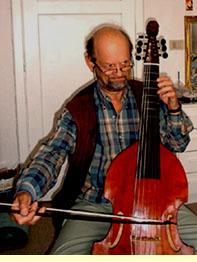 | ||||||||
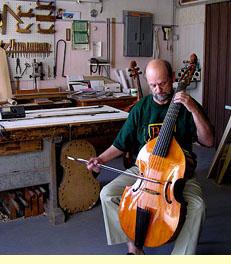 | ||||||||
| ||||||||
| ||||||||
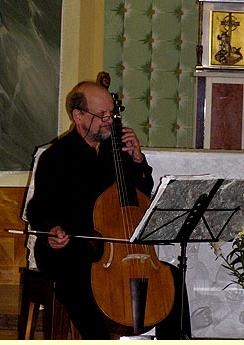 | ||||||||||
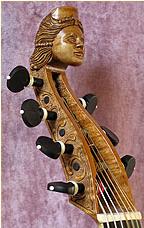 | ||||||||||
| ||||||||||
| ||||||||||
| |
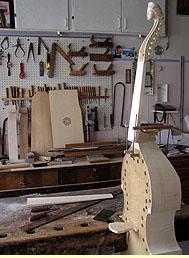 | ||||
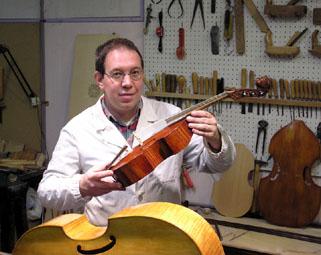 | ||||
| ||
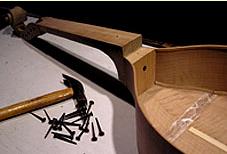 | ||||
after being glued to the ribs is neck secured by a forged nail with a tapered (from head to tip) square shaft resulting in an equal distribution of pressue along it's length and decrease the risk of splitting the wood | ||||
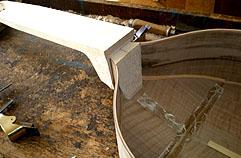 | ||||
A typical way to joint the neck to the body of the instrument used by Colichon in the late 17th century in France: there is no upper block so the neck is glued directly to the ribs . | ||||
 | ||||
The upper block of spruce is jointed with 3 forged nails to the neck tenon , a technique used by English makers . The shown example is based on Henry Jaye (beginning of the 17th century) | ||||
| ||
| ||
 | ||||
Tops are made from naturally seasoned spruce ( picea abies H. Karsten) from Italian Alps which is reach of overtones, backs, ribs and necks are from Balcan flamed maple ( acer pseudoplatanus). None of my instruments will be made from German spruce which is heavier and more sandy and not rich of upper harmonics. Fingerboard and tailpiece veneering is for baroque instruments from ebony (diospyros ebenum) as well as pegs; for renaissance instruments is this replaced by boxwood ( buxus sempervirens). For medieval and renaissance bows European hophornbeam is used (Ostrya carpinifolia Scop.). | ||||
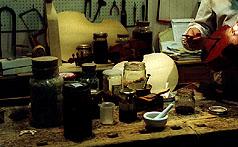 | |||||
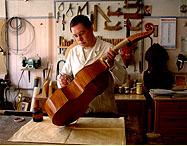 | |||||
| |||||
| ||
| ||
 | |||||||||||||
 | |||||||||||||
 | 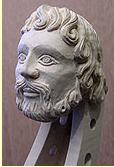 | ||||||||||||
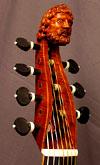 | |||||||||||||
 | |||||||||||||
 | |||||||||||||
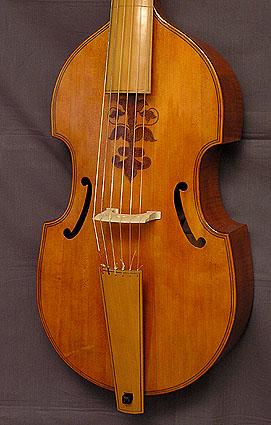 |
Carvings are made on request from the customer. English viols have usually geometrical purfling decorations and double purfling on top and back side.
| ||||
Click for some examples of carved pegbox and some more details about carved head and a larger picture of carved gild tailpiece | |||||
| ||
| ||
are individually constructed to the exact size of the instrument. | |||||
Cases from | |||||
Cello cases from | |||||
are recommended for a 7-string bass viol because they are quite light. | |||||
 | ||||
has an interesting light weight cello case (4 kg) and some soft cases. | ||||
| ||
| ||
| ||
| ||
Would you like to have some more information or a price list? Send me an e-mail in English, Italian , Dutch or Japanese or submit the request information form. | ||
Copyright & copy: Marco Ternovec, 1999-2012 - All right reserved All materials contained in this web site including images may not be reproduced ,displayed, published or used by any means without the written permission of Marco Ternovec, Laboratorio di Liuteria Antica | ||



